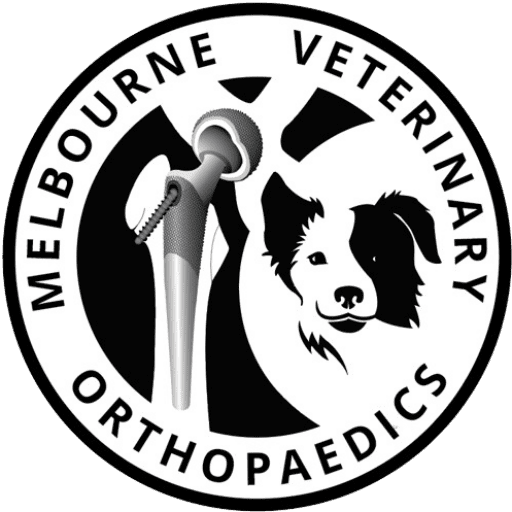In vitro experimental study of the effect of radial shortening and ulnar ostectomy on contact patterns in the elbow joint of dogs
C A Preston , K S Schulz, K T Taylor, P H Kass, C E Hagan, S M Stover
Objective: To determine effects of incremental radial shortening and subsequent ulnar ostectomies on joint surface contact patterns in a canine elbow joint model.
Sample population: Paired forelimbs from 9 adult dogs.
Procedure: Joint casting was performed by placement of colored polymethylmethacrylate in the elbow joint cavity and loading in a materials testing system at physiologic angle and load. Joint casting was performed in unaltered specimens, after radial shortening, and after subsequent distal ulnar ostectomy, proximal ulnar ostectomy, and proximal ulnar ostectomy with intramedullary pinning. Computer-aided analysis of photographs of proximal radial and ulnar articular surfaces without joint casts was performed before and after each casting procedure.
Results: All increments of radial shortening changed the size and location of radial and ulnar contact areas. The radial contact area became smaller, the anconeal contact area disappeared, the medial coronoid contact area migrated craniolaterally, and the lateral projection of the coronoid process became a contact area. A proximal ulnar ostectomy stabilized with an intramedullary pin restored normal contact area size and location and restored continuity of the radial and coronoid contact areas across the radioulnar articulation in 6 of 10 specimens. A midshaft ulnar ostectomy, distal to the level of the radioulnar ligament, had no effect on contact patterns. A proximal ulnar ostectomy without stabilization resulted in varus deformity during loading.
Conclusions and clinical relevance: Proximal radial shortening, which creates articular step incongruity, changes the location and size of the radioulnar contact areas. Dynamically stabilized ulnar ostectomies proximal to the radioulnar ligament restore contact patterns in vitro.
